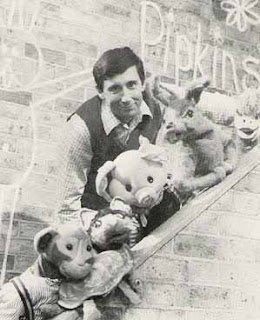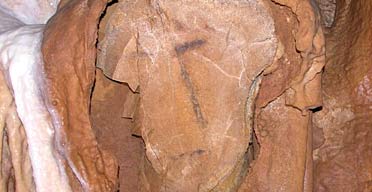Legibility means something that is clear and capable of being read. Its contexts can be used in any situation, maybe drawings or a kind of ordering. However this word is mostly connected to writing. Whether it is handwriting or typography. Its very important that not only yourself but your audience can read and understand your piece of work.
Even the way we compose our sentences and articles are clear. We are taught to read and write from left to right. If i started to write the rest of this blog from right to left, would you be able to read it? It would take you much longer to read, and your concentration would be much higher. Would you give up reading after a while? I know it would take me longer to write from right to left.
Not all people read and write in the same way as we do. For example many east asian cultures can write horizontally or vertically, like chinese. In english culture, you would only see type that is vertical for advertisement reasons. You would never find a casual note in this way. Another example is the Qur’an. Arabic is written from right to left.
Punctuation exists so that our writing is more clear and ordered. Full stops are taken for granted. If you wrote an essay without full stops and gave it to someone else to read out, they would not know when so pause and take a breath.
Design aspects like font is also included in legibility. There are a thousand different fonts we can use but if we choose a different one for each word, this would distract the viewer. Also some fonts are not clear and are unreadable at smaller sizes. Some fonts are designed for header use only.
As a illustrator i am a visual thinker and reader. I can sometimes read and understand a lot more from a image than a piece of paper filled with text. Maybe i’m lazy? I recently went to an exhibition in the Ikon gallery, birmingham. I looked and studied paintings, drawings and sculptures but i only glanced at the wall filled with text, a story, once.
Adding a relevant image can also make your text legible. Words alone may not be as effective as with a image.




























